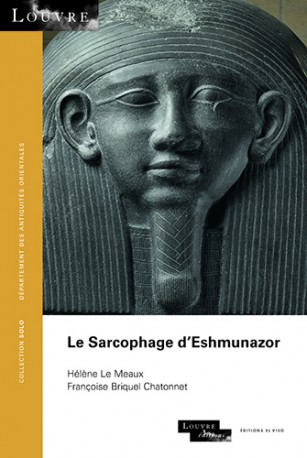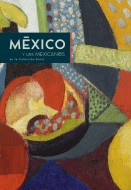
Le sarcophage d’Eshmunazor
The discovery in Sidon of the sarcophagus of Eshmunazar II in 1855, its conveyance to Paris and public exhibition constituted, at that time, a veritable media event. All this also prompted the deployment of an archaeological mission to Phoenicia in 1860, entrusted by Emperor Napoleon III to the Semitic scholar Ernest Renan. The sarcophagus is indeed notable for its sheer size and massive corporal presence, but what makes it most interesting is its epigraph, as it bears one of the longest Phoenician inscriptions ever found in Lebanon, and the only one to relate historical events from the reign of a Phoenician king, namely Eshmunazar II.
This book is built along several lines: epigraphy, history, style and historiography. A revised and commented translation of the inscription is accompanied by an examination of the history of the dynasty of the kings of Sidon, Eshmunazar I, Tabnit and Eshmunazar II. The book takes an important look at the issues surrounding the time at which this Saite period sarcophagus was imported. As a sarcophagus that was reutilized by a Sidonian king, it evidences the exchanges between Egypt and Phoenicia and constitutes a very beautiful example of what led, in different ways, to the appropriation of Egyptian art by the Phoenicians. Lastly, it was around this major artifact that the Louvre’s collection of Phoenician antiquities was developed and organized. Archival documents, manuscripts and photographs allow the reader to follow every step in the life of the sarcophagus from the time of its discovery, made possible by the duc de Luynes, Aimé Péretié and Alphonse Durighello, through to its exhibition in the Marengo crypt of the Musée du Louvre, where it remains today.
30 other products in the same category:
Cargando...






